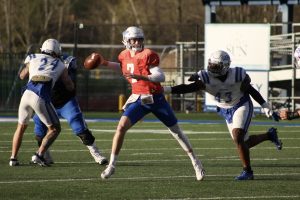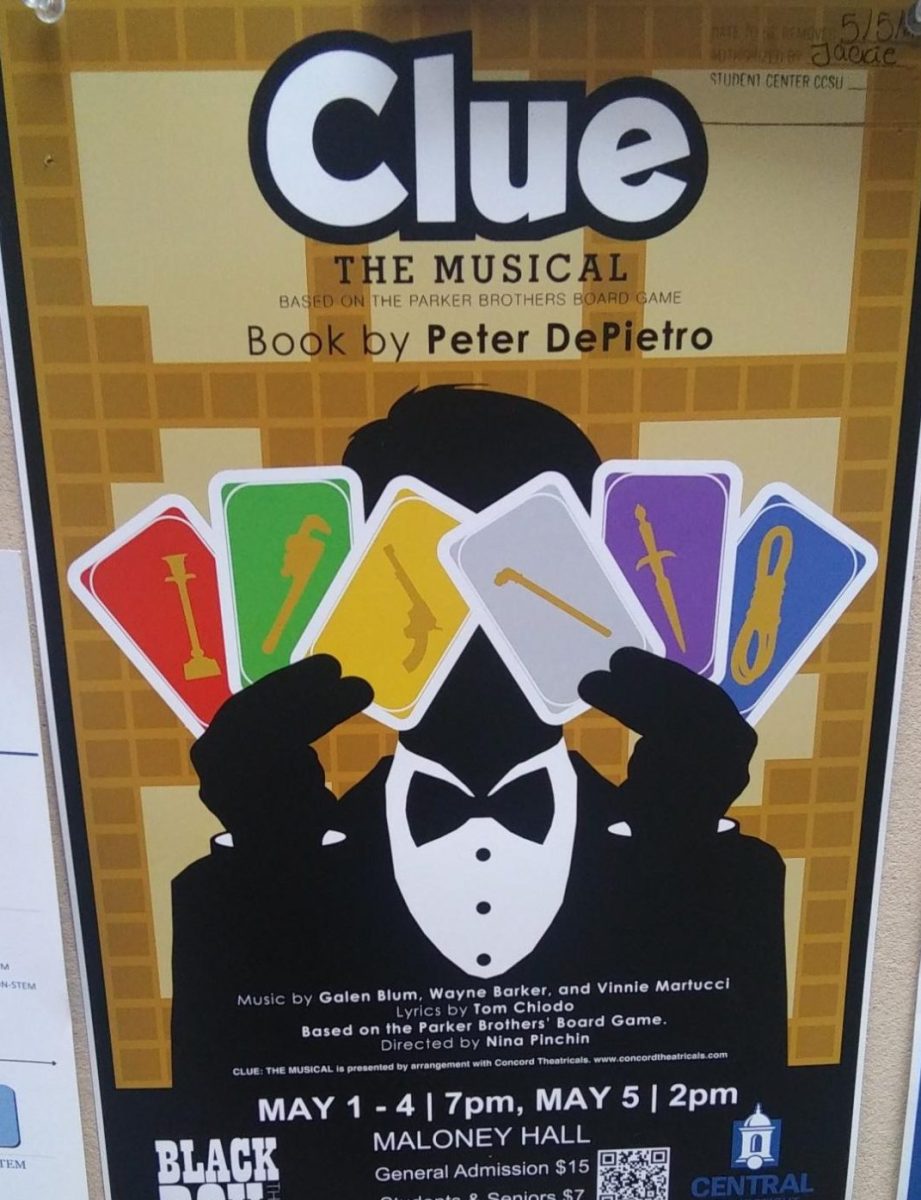OPINION: LGBTQ Students Left to Help One Another When CCSU Won’t
December 5, 2022
When I returned to campus this semester, I went to the LGBT Center thinking it would be open. It was closed. No big deal, it is the first couple weeks of the semester—the schedule can be a little wacky. But then, every time I went, it was still not open.
Eventually, the schedule was posted to a wall in the Student Center, listing the LGBT Center’s open hours as 2 to 5 p.m. a couple of times a week. A grand total of nine to 15 hours a week with no programming and no dedicated staff.
This is something that we should not have to fight for; let me rephrase that—this is a fight that was already fought.
The LGBT Center was founded in 2009 and saw its tenth anniversary only three years ago. This center was fought for by the previous generation of queer students on this campus, many of them in Pride Club. As a result, graduation for these students took nine to 10 years instead of four or even five.
The reason was twofold: the rest of the university directed students to Pride as a resource, and the stress of supporting their LGBT peers took a toll on the Pride executive board and their friends.
When the Pride e-board asked for the LGBT center, they found time, nine out of the ten of the previous pride e-board members did not walk across the stage at graduation—some transferred, but the majority dropped out.
Before the center’s existence, students were starved for LGBTQ+ resources. A story relayed by Mel Cordner at the 2018 rainbow breakfast shows how the gap was eventually filled by the LGBT center. When a queer student went to the wellness center for counseling, the staff pointed them towards the Pride club, saying something along the lines of, “That’s a Pride thing. They can help you with that.” This student was on the Pride e-board. In short, it was through bitter hard work that these students saw the problem, organized and won.
This allowed Pride to be a social space for LGBTQ+ students to gather, and the LGBT center to exist as a support system for queer students. Since that time, the type of support LGBT+ students require has shifted—what remains true. However, there should be a campus location dedicated to resources for LGBT students. The LGBT Center was a place where students could go for support from people they recognized. The refrain I’ve heard nearly every time that I or anybody else has asked about the LGBT Center has been as follows; first, you can “come to us for support” and secondly, that they are “working on it.”
Help should be accessible to all students who need it. We shouldn’t have to walk into Davidson Hall or send a blind email to the Office of Equity and Inclusion when a professor misgenders us and refuses to stop. Not everyone is comfortable with having their incident immediately escalated to campus administration.
Effectively, students are made to feel that if their issue isn’t extreme enough to involve the administration, they should essentially just deal with it. Not to mention the fact that queer and transgender students are left continuously in the position of having to determine whether or not the people they are reaching out to or learning from will understand the issues that affect them, so the response, as a result, may not adequately address the issue.
We need an intermediate option – a non-student-run campus organization that can direct queer and trans students on how to proceed in these types of conflicts appropriately. They would also act as a liaison between CCSU and queer and trans students who are entering the world as adults for the first time.
The previous LGBT Center staff essentially made it defunct due to the failure of campus administration to hire a new director. There were people these students knew who would be in classes with them, who were able to help them navigate the many processes which are more confusing and arduous about adjusting to college life because of their queer and trans identity.
The advice and resources that were once available were necessary and invaluable to our community, and their loss is palpable with every day that passes without a director, or staff.
Secondly, the administration can only tell us that they are “working on it” for so long before LGBT students inevitably start to lose trust in their word. When the LGBT Center was unstaffed, I reached out to professors who were on its advisory board. What we were told is that the hope was to get somebody in the director role by mid-October. October came and went, and still no director.
When we got an email about an open forum with President Toro on Nov. 1, we decided to go. Myles Place, the president of Pride Club, and I went to the open forum and asked about it. The excuse we were given was that nobody came up in the first search. They rewrote the job description and hoped that somebody would be hired before Thanksgiving break. Now, we are entering December – an entire semester has passed without progress in hiring a director for the LGBT Center.
Family rejection is an issue particularly endemic to queer and trans students. As a result, often lose housing, health care, transportation, and so on, follow. Normally, the LGBT Center would help students navigate these issues. Since the LGBT Center has been chronically unstaffed, these responsibilities have fallen onto the shoulders of the LGBT students of the Pride Club.
We are actively taking on roles essentially as case managers day by day. Otherwise, there is simply no one else on campus to step up to the plate and prevent those LGBT students in dire circumstances from winding up with even more dire consequences.
In another vein – we have been helping trans students navigate the name change process both legally and on campus. We have been assisting trans students in figuring out how to go about a medical transition, including figuring out clinics that will accept their insurance and sharing resources about those processes in general.
We have been advising one another on how to discuss name and pronoun changes with professors and about how to stay on campus during break. These are all processes we would like to see happening through the LGBT Center. The center doesn’t just prevent queer and trans students from being unnecessarily negatively impacted as students due to their LGBT status but also will work to uplift queer students.
I want Pride Club to stop having to be the only support system for my queer peers, but until the LGBT Center is staffed, we are stepping up. How can we not? Campus administration has forced our hand.
Editor’s Note: The writer of this story is the PRIDE Club events coordinator.
Update 6/8/23:
LGBTQ+ Resources:
https://www.palmerlakerecovery.com/programs/co-occurring-disorders/ https://www.therecoveryvillage.com/resources/lgbtq/










Charlotte Grey • Dec 6, 2022 at 11:01 pm
I’m sorry to say this, but if the Pride Club is handling the issues brought to them by their LGBTQ+ peers, and the school knows this, there’s no reason for CCSU to rush to hire a Director or staff. This is usually the way they work. You need to show that this is an urgent issue that the school needs to take action to fix to offer the proper support to all students. Perhaps look at CT statutes to see if CCSU is violating your rights by not providing the needed support services. That may give you the leverage you need to get them to hurry up and fill those vacancies.